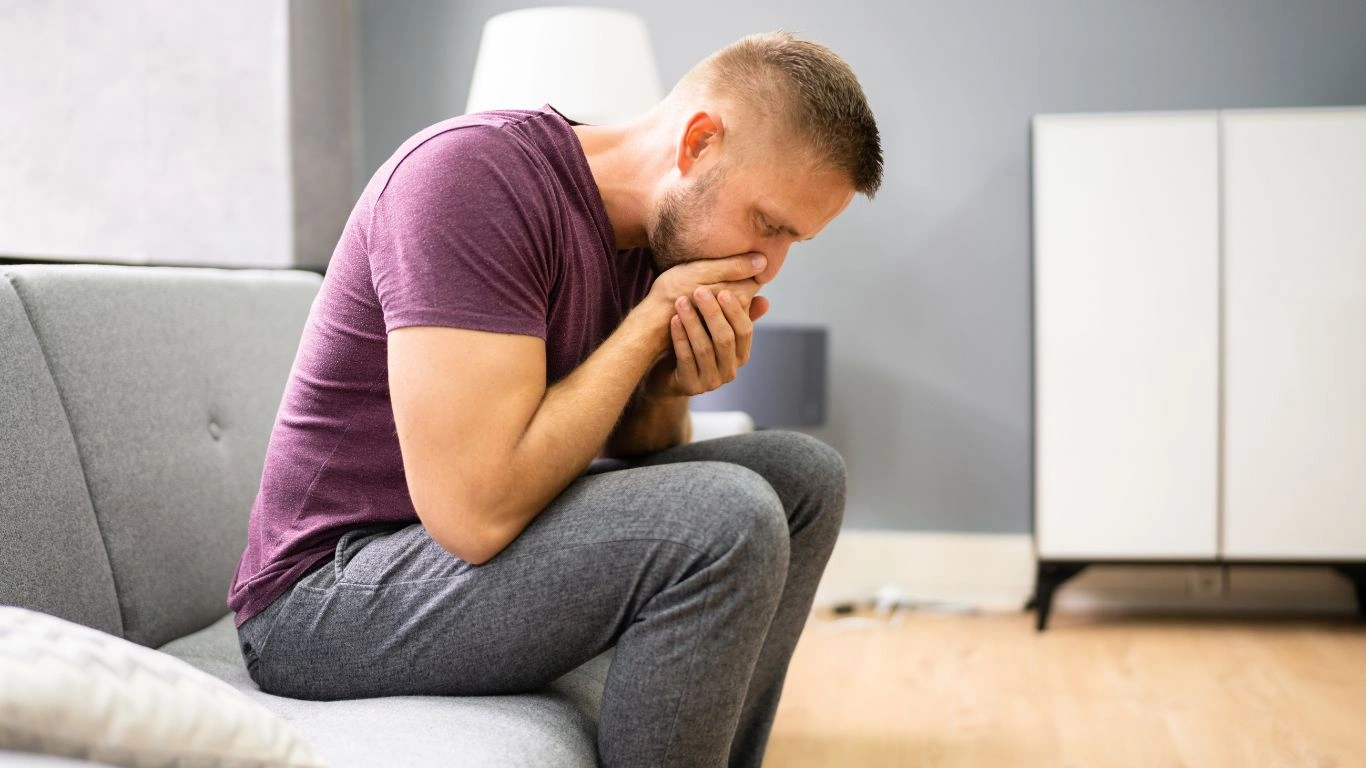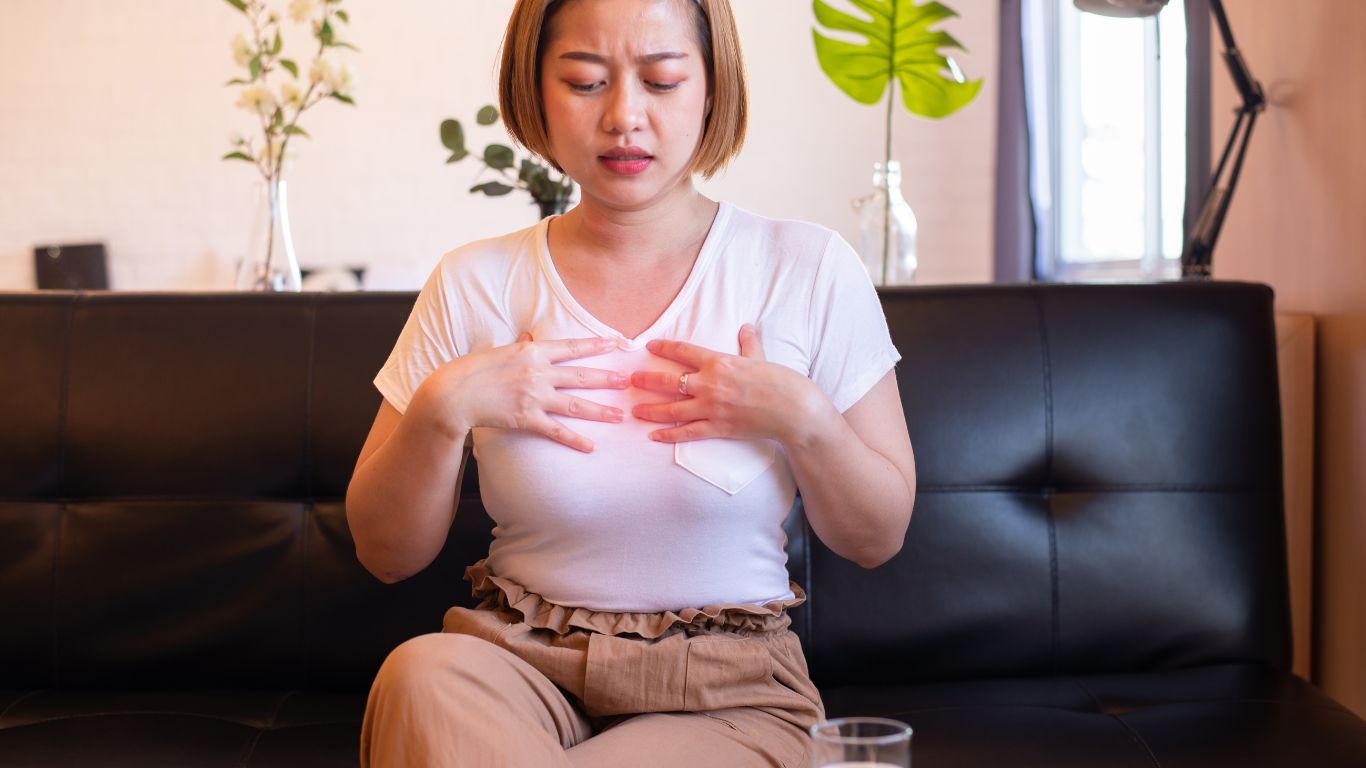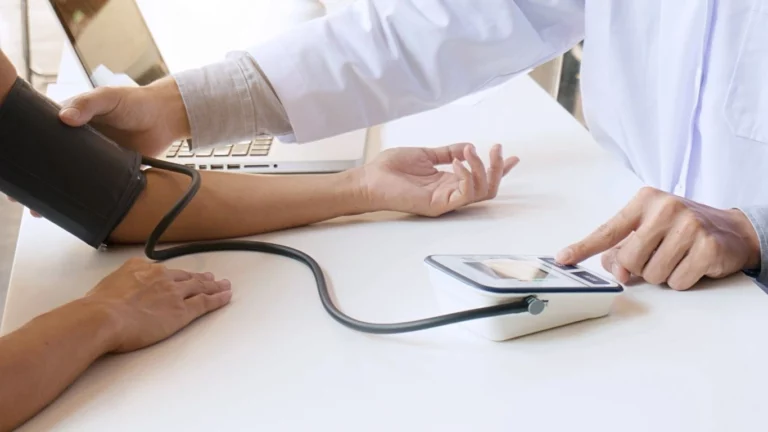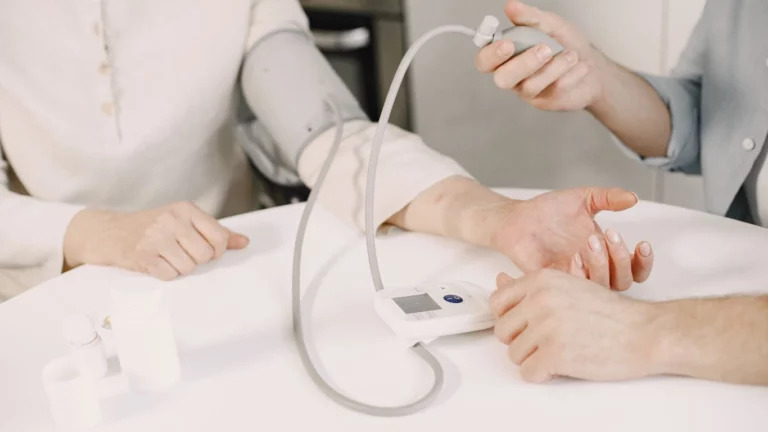How Posture Reduces GERD Symptoms: A Simple Guide
Did you know that something as simple as your posture could have a significant impact on reducing GERD symptoms? It’s true! Good posture can help keep those annoying acid reflux episodes at bay. In this article, we’re diving into how posture influences GERD (Gastroesophageal Reflux Disease) and offering practical tips to make it work for you. Let’s get into it!
GERD, or acid reflux, is a common issue that affects millions of people. If you’ve ever felt the burn of stomach acid creeping up your throat or experienced a sore chest, you know how uncomfortable it can be. While medications can help, you may be surprised to learn that your posture plays a crucial role in managing and reducing GERD symptoms. Let’s break it down!

Why Posture Matters for GERD
When it comes to acid reflux, the main issue is the backflow of stomach acid into the esophagus, which causes that burning sensation we all know too well. The lower esophageal sphincter (LES) is the muscle that keeps stomach acid from flowing back up. However, if the LES weakens or relaxes inappropriately, acid can leak into the esophagus, causing GERD symptoms.
But here’s where posture comes into play: how you position your body can affect the pressure on the LES. Poor posture, like slouching or hunching, can increase pressure on your stomach and force acid up into the esophagus. Conversely, good posture helps maintain the LES’s integrity and keeps acid where it belongs—down in the stomach.

How to Use Posture to Reduce GERD Symptoms
So, how can you tweak your posture to minimize GERD flare-ups? Here are some simple, practical tips to make a difference:
1. Sit Up Straight
It’s easy to get into the habit of slouching when you’re at your desk or lounging on the couch, but slumping forward can put pressure on your stomach, encouraging acid reflux. Instead, try to sit upright with your back straight and shoulders relaxed. This position encourages proper digestion and helps the LES stay closed.
If you work at a desk, make sure your chair supports your lower back, and keep your feet flat on the floor. A simple adjustment like this can make a noticeable difference in reducing GERD symptoms throughout the day.
2. Stand Tall
Standing with good posture is just as important as sitting up straight. When you stand tall, you relieve pressure on your stomach, which helps prevent acid from pushing up into the esophagus. Keep your shoulders back, chest open, and head aligned with your spine. You don’t need to exaggerate it—just avoid rounding your back or slumping forward.

3. Sleep with Your Upper Body Elevated
If you’re prone to nighttime GERD symptoms, adjusting your sleeping posture can be a game-changer. Instead of lying flat on your back or stomach, prop up your upper body with a pillow or invest in an adjustable bed. Sleeping at an angle helps gravity keep acid in your stomach and prevents it from traveling up to your esophagus.
Aim for a position where your head and torso are raised about 30 degrees. This angle is optimal for reducing acid reflux while you sleep.
4. Avoid Bending Over After Eating
It might be tempting to bend over right after a big meal, but this posture can cause the stomach acid to rise into the esophagus. After eating, try to stay upright for at least an hour to let your body digest food properly. This gives the LES time to do its job and keeps the acid down where it belongs.
5. Don’t Cross Your Legs When Sitting
Crossing your legs while sitting might seem comfortable, but it can create pressure on your stomach and exacerbate GERD symptoms. It’s best to sit with your feet flat on the ground and your knees at a 90-degree angle. This posture allows your digestive system to function more smoothly and reduces the risk of reflux.
6. Practice Core Strengthening Exercises
Having a strong core helps you maintain better posture overall. Incorporating core-strengthening exercises into your routine can make it easier to sit and stand in ways that reduce GERD symptoms. Focus on exercises that target your abdominal muscles, like planks or seated twists, to build strength and stability.
What Else Can Help with GERD Symptoms?
While good posture can make a significant difference, it’s not the only factor in managing GERD. Here are a few additional lifestyle changes that can help reduce your symptoms:
1. Maintain a Healthy Weight
Being overweight can put extra pressure on your stomach and LES, leading to more acid reflux. If you’re carrying extra pounds, losing weight can help reduce GERD symptoms and improve your overall health.
2. Eat Smaller Meals
Large meals can increase pressure on your stomach, triggering acid reflux. Try eating smaller, more frequent meals throughout the day. This allows your digestive system to work more efficiently and reduces the likelihood of acid traveling up into the esophagus.
3. Avoid Trigger Foods
Certain foods can trigger GERD symptoms, such as spicy dishes, citrus, chocolate, and fried foods. Keep track of what bothers you and try to avoid these trigger foods to prevent flare-ups.
4. Stay Hydrated
Drinking plenty of water throughout the day helps keep digestion flowing smoothly and can dilute stomach acid, reducing the chances of reflux. Just be careful not to drink large amounts of liquid during meals, as this can put extra pressure on your stomach.
5. Quit Smoking and Limit Alcohol
Smoking and alcohol can both weaken the LES, making acid reflux more likely. If you smoke, consider quitting, and limit alcohol consumption to reduce your GERD symptoms.
Conclusion
Posture isn’t just about looking good—it’s also about feeling good. By improving your posture, you can take significant steps toward managing and reducing GERD symptoms. From sitting up straight to sleeping with your upper body elevated, making small changes to your body position can go a long way in alleviating acid reflux. And when combined with other healthy habits like eating smaller meals and avoiding trigger foods, you’ll be on your way to feeling better in no time.
Appendices
FAQs
- How long does it take for posture correction to help with GERD? It varies from person to person, but many people experience relief from GERD symptoms within a few days to weeks of improving their posture. Consistency is key!
- Can poor posture cause GERD? Yes! Slouching or poor posture can increase pressure on your stomach, making acid reflux more likely. Good posture can help reduce this pressure and minimize symptoms.
- Is lying flat on my back bad for GERD? Yes, lying flat can increase the likelihood of acid reflux. Try propping yourself up with pillows or sleeping at a slight incline to reduce the risk.
- Are there any specific exercises that can help reduce GERD? Core strengthening exercises can improve posture and reduce GERD symptoms. Focus on exercises like planks, leg raises, and seated twists.
- Can I get rid of GERD completely with posture changes? While improving posture can significantly reduce GERD symptoms, it may not completely cure the condition. It’s essential to combine posture correction with other lifestyle changes for the best results.
References
- National Institute of Diabetes and Digestive and Kidney Diseases (NIDDK). (2023). Gastroesophageal Reflux Disease (GERD). Read More
- American College of Gastroenterology. (2023). GERD: How Posture and Lifestyle Changes Can Help. Read More
- Smith, J. & Brown, L. (2022). The Role of Posture in Digestive Health. Journal of Gastrointestinal Health, 45(2), 112-119.
Disclaimer
The information provided in this article is for educational purposes only and does not substitute for professional medical advice. Always consult with your healthcare provider for personalized treatment and advice regarding GERD or any other medical conditions.

Camellia Wulansari is a dedicated Medical Assistant at a local clinic and a passionate health writer at Healthusias.com. With years of hands-on experience in patient care and a deep interest in preventive medicine, she bridges the gap between clinical knowledge and accessible health information. Camellia specializes in writing about digestive health, chronic conditions like GERD and hypertension, respiratory issues, and autoimmune diseases, aiming to empower readers with practical, easy-to-understand insights. When she’s not assisting patients or writing, you’ll find her enjoying quiet mornings with coffee and a medical journal in hand—or jamming to her favorite metal band, Lamb of God.






